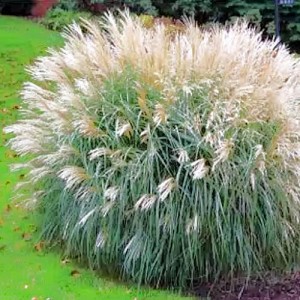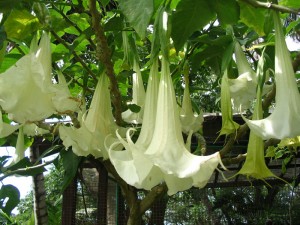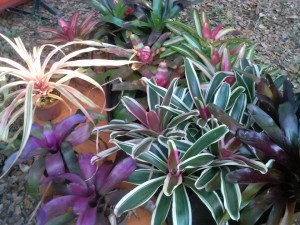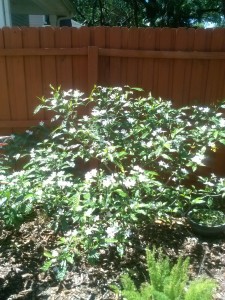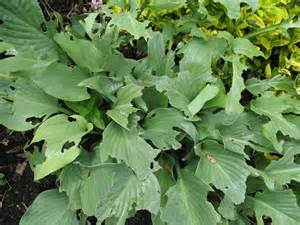Florida landscape plants offer such a stunning array of vivid flower colors, it can be difficult to decide which one is your favorite. From the deep reds of Hibiscus, Ixora, and Passion Vine to the brilliant purples of Bougainvillea, Crape Myrtle, and Azaleas, one can fall in love with all of the color ranges! As, well, when one visits a well-stocked nursery in the spring, when everything is in bloom, it can be overwhelming.
While it is natural to gravitate towards the more striking flower colors that stand out amongst a sea of green foliage, one should never overlook the simple grace and elegance of the white flower, or even more so, the white foliage of a plant. Traditionally, using white as a landscape color has not been promoted as a viable or desirable landscape concept, and I suspect it is because it is simply misunderstood. With that said, let's explore the ways that using white as a landscape color can be best utilized:
1. Not all flowering plants can tolerate shady or part-shade light conditions, and continue to bloom. However, some can, such as this white Angel's Trumpet, pictured above. Using white as a landscape color is unique, in that white flowers and white-striped foliage will stand out in dark and shady light conditions. Whether it is planted under an Oak tree, or even against a fence, these white flowers will stand out in the day time, and almost cast a ghostly hue at night, in places where other dark colored flowers will hardly be noticeable. Some other white flowered or white-striped foliage plants to consider for similar site conditions are:
- White Azalea
- White-striped foliage Bromeliads
- Variegated Minima Jasmine
- Gardenia
- Pinwheel Jasmine
- Aztec Grass
- African Iris
- Peace Lily
- White Bleeding Heart vine
2. White flowers and foliage can be used as a "buffer plant" separating other bold colors. As you can see in the photo of the Bromeliads above, the white plant in the upper left corner, as well as the white trim on the center plant help all of the plants in the grouping stand out, highlighting their particular features to an advantage. When you are considering using white as a landscape color with other colors, position the white plants in such a manner as to bring out the colors of the surrounding plants. For example, if you are considering planting an annual bed with dark purple Petunias, or deep red Begonias, make 20% of the plants white, and randomly intersperse them throughout the bed to help the darker colors pop. Some options for lower growing plants that make great white color buffers are:
- Aztec Grass
- Variegated Flax Lily (Dianella)
- Variegated Minima Jasmine
- White Dwarf Penta
- Sun Hosta
3. Using white as a landscape color is particularly effective when creating a design for a dark-colored house paint. Some plant features can seem to be lost when used as a foundation plant against a dark paint, to the point that they almost blend it. If you select a white colored flower or foliage plant as a foundation plant, not only will that plant stand out, but it will set the stage for the other plants in front of it. Consider the example above, of a Pinwheel Jasmine, that blooms almost all year. It not only will stand out against a dark brown paint, but all other plants in front of it will shine in their own right, as well. Keep in mind, though, that the opposite is true for a light colored house, such as white or yellow paint. Some plants to consider as a foundation plant for dark-painted houses are:
- Variegated Pittosporum
- Sinesis
- Jasmine, many varieties to choose from
- Silver Queen Hibiscus
- Snowbush, or Snow on the Mountain
- White Oleander
- Chinese Silver Grass
- White Fountain Grass
4. Lastly. using white as a landscape color can be a complete landscape design concept whereupon the ONLY flower color being used is white. In cases such as this, the design concept usually incorporates plants with dark foliage, with white used to highlight the dark foliage of other plants, with the primary focus being about texture and foliage contrasts.
Now that you have a better understanding of how white can be used as a landscape color, you will never see white flowers in the same light, again! As always, half of the fun of gardening is to experiment, and see what works for you, as there is no wrong way, just a better way, when it comes to design.
So, let's get designing, folks, with white!
Donell

